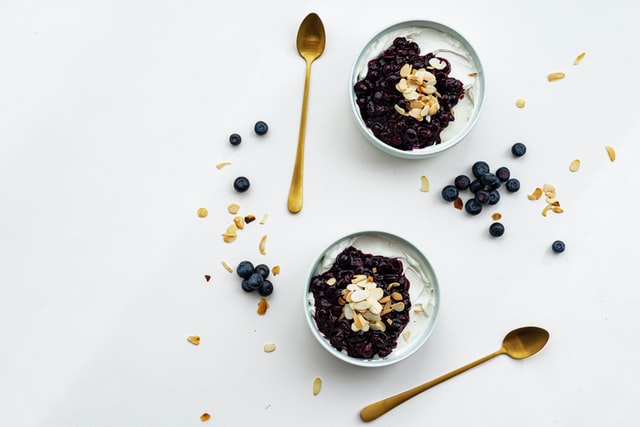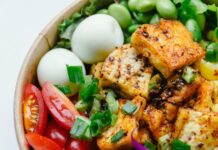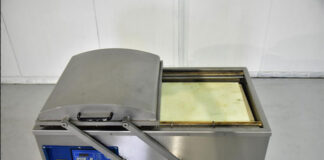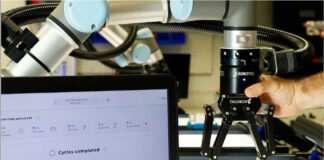The biggest advantage of homemade yogurt? Taste, freshness, good composition or maybe a surprisingly low price? For some, that’s reason enough to roll up your sleeves. On the other hand, I value freedom in the selection of ingredients the most. Yogurt from goat milk supporting immunity? Or maybe vegan without lactose for slimming? How to make yogurt?
Yogurt is acidified milk with a suitable strain of bacteria. Some of them have an additional probiotic (beneficial effect on the body). They include, among others some strains of Bifidobacterium, Lactobacillus, Streptococcus.
In the fermentation process, they convert milk sugar (lactose) to lactic acid and other by-products. The yogurt obtained thanks to their hard work is much easier for us than fresh milk. Made in the comfort of your home, it has several other additional advantages.
What milk should you choose?
Milk is, of course, an essential ingredient in yogurt. You need to take a moment to choose the right type. You can probably make yogurt from any mammals’ milk (I wonder what yogurt from porpoise milk with 45% fat would taste like), but I’ll focus on making it from cow’s milk. We have raw, pasteurized, high-temperature sterilized milk (UHT) , full-fat and skimmed, or even powdered. The latter is most often used to enrich the taste and improve the texture of yogurt and, as far as I know, it does not appear as a separate raw material.
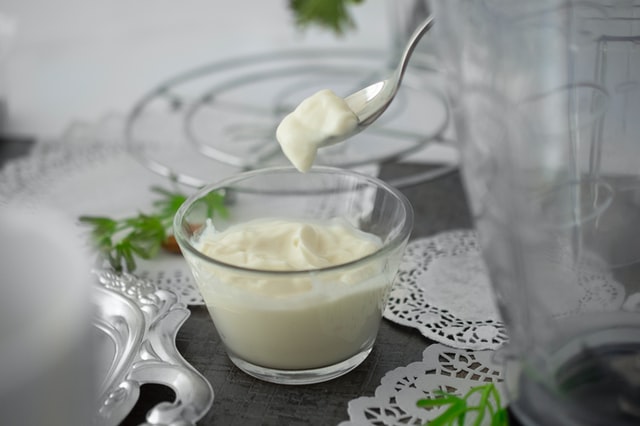
The milk we want to make yogurt must have appropriate properties: it should be free of antibiotics, viruses (bacteriophages) and have a low number of bacteria that could disrupt the work of starter cultures, i.e. hard-working lactic acid bacteria. We can’t deal with the first two problems at home, we have to trust the producer that his milk meets all quality requirements. We can get rid of bacteria by pasteurizing milk.
What bacterial cultures should you choose?
We have two options: use ready-made bacterial cultures or a few tablespoons of yogurt with live bacteria as a leaven. The former can be bought online. They usually contain two types of bacteria: Streptococcus salivarius spp. Thermophilus and Lactobacillus delbrueckii ssp. Bulgaricus. They belong to thermophilic organisms that feel best in warmth, although temperatures above 50 degrees can kill them. During fermentation, they live in symbiosis and support each other.
Yogurt Recipe
- 1.5 l milk of any fat (raw or pasteurized, ultimately UHT)
- 1 pack of yogurt bacteria cultures or about 100 g of natural yogurt with live bacterial cultures
We heat the milk to 85 degrees. Nothing will happen if we boil them, although the texture of the finished yogurt will be a little different then. We cool milk to 43 degrees, then add powdered cultures or natural yogurt as a leaven. Mix thoroughly. Pour into carefully washed jars or leave in a saucepan and put in the oven preheated to about 43 degrees or yogurt maker (for alternative ways, read above). We ferment for 6 to 12 hours, controlling the temperature with a thermometer. We cool it, put it in the fridge to strengthen the curd. After a few hours we can eat.

